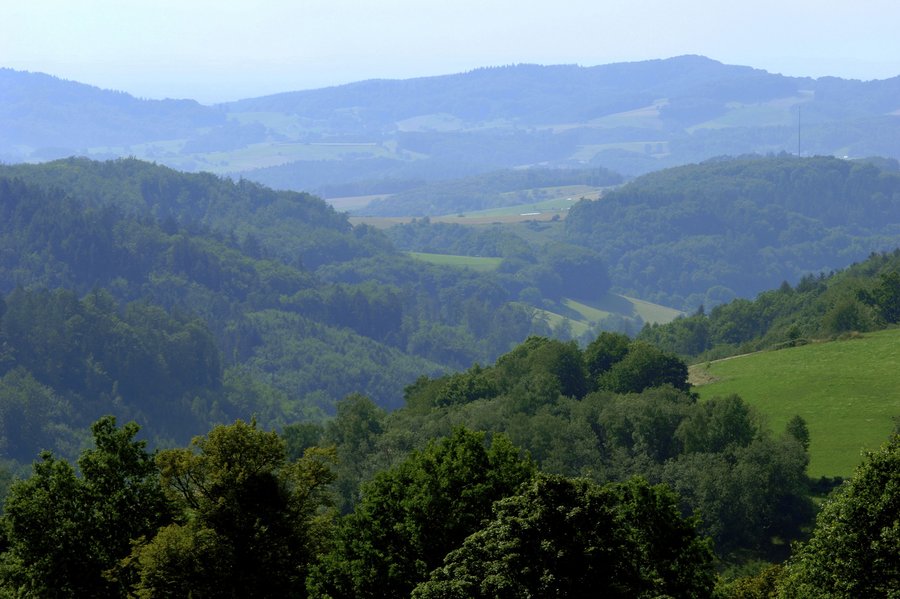Timber products are also carbon sinks. They prolong the storage of carbon that was already bound in the trees beyond their use duration until it is finally used for energy or organically decomposes as timber waste. In addition to the storage function, timber products contribute to reducing greenhouse gas emissions amounting to about 105 million tonnes of CO2 equivalent annually through substitution effects (substituting for more energy intensive fossil resources and fuels).
The effect of the forest as a carbon sink depends on its storage capacity. It is a carbon sink if it absorbs more carbon dioxide than it releases. The more CO2 is lastingly stored in the form of carbon, the less it burdens the atmosphere. If, instead the forest loses more CO2 than it absorbs, it is a carbon source.
Changes in the forest area, tree growth and the way a forest is managed influence its storage capacity. By signing the United Nations Framework Convention on Climate Change and the Kyoto Protocol, Germany has pledged to report annually on these changes.
With its resolution to establish the Forest Climate Fund, the Federal government underscores the significance of our forest ecosystems as well as the positive effects of sustainable forest management and timber use for protection of the climate. Funding from the Forest Climate Fund is intended to further optimize the CO2, diminishing, energy and substitution potentials of the forests and timber as well as to support the measures needed to adapt the German forests to climate change.
For more information, see www.waldklimafonds.de.

